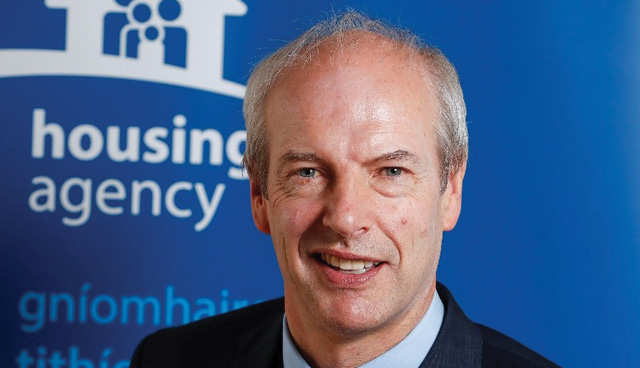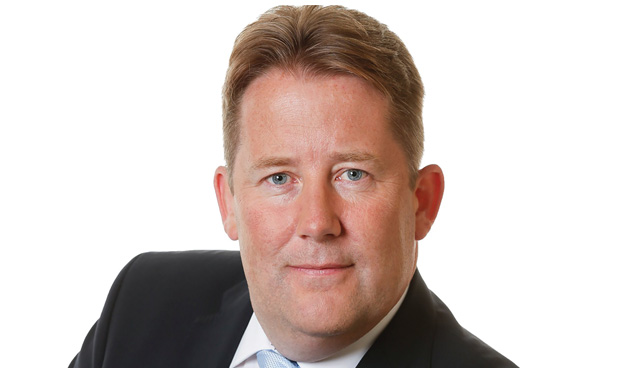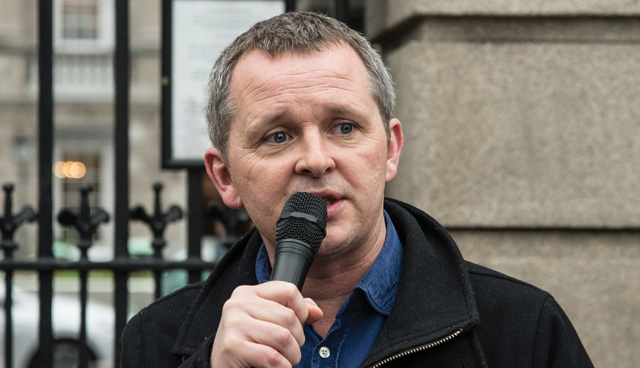
House prices remain strong
1st August 2018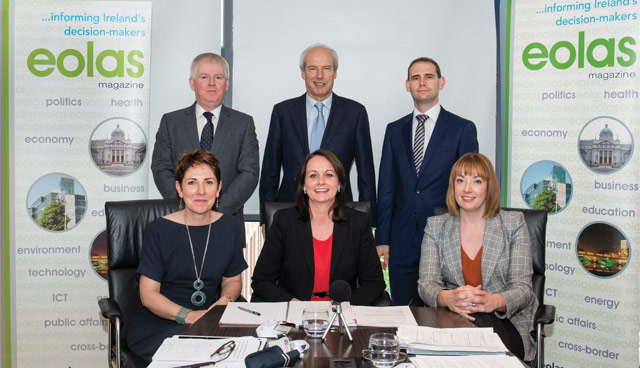
Round table discussion: Closing the Acorn Housing financing and the future funding of social housing
1st August 2018Public housing is the solution
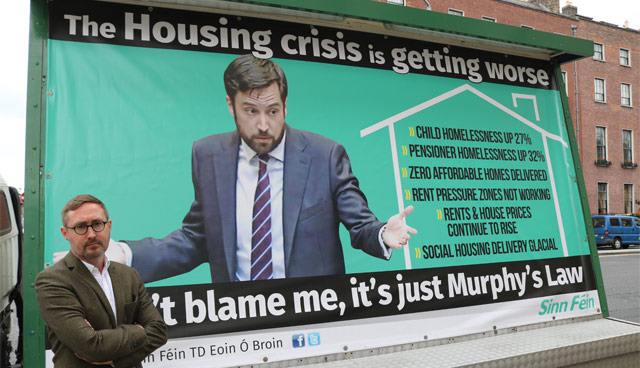
Fine Gael have been in government for seven years. During that time the number of people living in emergency accommodation has increased by a shocking 319 per cent. Even more startling is the increase in child homelessness up an astonishing 496 per cent. Sinn Féin spokesperson on housing Eoin Ó Broin TD writes.
According to the latest figures from the Department of Housing there were 9,846 people including 3,826 children in emergency accommodation in May of this year.
These figures do not include the one hundred or so adults and children in Dublin City centre hostels that receive no state funding. They do not include the 110 rough sleepers counted last Spring. They do not include the 520 adults and children with their leave to remain in Ireland but trapped in Direct Provision, effectively using it as emergency accommodation. They do not include the 875 adults and children re-categorised by the Department despite being in temporary accommodation. They do not include the 3,785 women and children who in any given year pass through Tusla funded domestic violence refuge and step-down accommodation.
The fact that the Government cannot provide an accurate number of homeless persons speaks volumes. However, what is truly shocking is that so many people are without a home.
Behind every statistic is a real person or family. A mother with children living for months on end in cramped and inappropriate emergency accommodation. A pensioner unsure of where they will sleep tonight. A working family with a Notice to Quit, unable to source alternative rental accommodation. A single person struggling with mental health or addiction issues trapped in an endless cycle of rough sleeping and hostel accommodation.
Rebuilding Ireland is now two years old. Despite Government claims that it is working, almost every real indicator screams otherwise. Homelessness is rising and with no end in sight. House prices and rents continue to spiral upwards. Social housing delivery is glacial while not a single affordable home to rent or buy has been delivered though any central government scheme. Private sector output is also anaemic despite considerable government supports such as Help to Buy, the Local Infrastructure Housing Activation Fund, fast track Strategic Housing Development legislation and reductions in apartment standards.
Meanwhile, exceptionally generous tax incentives designed to attract global finance seeking out safe, high-yielding returns has created a new property bubble. While this development was a first seen in the market for distressed assets from IBRC and NAMA, it is now moving into commercial and residential development. The consequence is land, property and rent inflation, further exacerbating the housing crisis in our urban centres.
The range of voices critical of the Government’s housing policy failures is no longer limited to NGOs and opposition politicians. There is growing concern among the construction industry, the voluntary sector, housing policy academics and now the European Commission, the European Central Bank, the International Monetary Fund and the OECD. Government policy is simply not working and the impacts of this continuing failure are affecting an ever-broader section of society.
The housing crisis is no longer a problem solely affecting low-income families. It now reaches into the middle classes and indeed is seen as a real risk to future economic development.
While the current Government didn’t create the crisis, their actions and inactions since 2011 have made it worse. Rebuilding Ireland is not only not the solution to our housing problems but perpetuates the same policy prescriptions that lie at the core of the crisis itself.
Since the mid-1980s, Government housing policy has centered around a number of key pillars. The first is a withdrawal of the State from the direct provision of public housing and the long standing policy of subsidising people into private housing. The second was a new focus on the private sector to meet housing need though increased reliance on mortgage finance, incentives for private builders and subsidies for low income families living in the private rental sector.
This over-reliance on the private sector and withdrawal of the State from directly meeting housing need continued through the Celtic Tiger and Great Recession periods. There is an eerie continuity between the housing policy and output of the 14 years of Fianna Fáil governments from 1997 to 2011 and the successive housing plans of the post-crash Fine Gael-led coalitions.
Rebuilding Ireland is just the latest in a long line of policies that privileges private home ownership and subsidised private provision of both social and affordable housing. This, more than anything else, is why our housing market is so dysfunctional.
The private housing market, left to its own devices, is inherently unstable. It cannot and will not provide a steady supply of secure, appropriate and workable housing for a very large section of society. Moreover, in circumstances where the dynamics of the private markets – in land, finance, materials and labour – dominate housing delivery the housing system will be prone to shocks with deep and wide repercussions.
The only solution to this systemic problem in our housing system is public housing – of a type and on a scale not seen in the history of the State.
By public housing I mean homes for low and average income households, developed on public land with public finance. Such developments would be mixed income and mixed tenure providing social rental, cost rental and affordable purchase homes. These estates would be developed alongside adequate social amenities and economic opportunities to produce sustainable and vibrant communities.
Crucially, these homes would always remain outside of the private market, ensuring over time that our housing system would not only meet current and future social and affordable housing need but have a sizeable shock absorber to withstand the inevitable cyclical crashes of the private market.
To achieve such an endpoint would require a radical departure in housing policy. It would mean an end to the privileging of the private sector in housing delivery. It would mean inserting the State into direct housing provision on a scale not seen in its history. It would take at least a decade to deliver and require at a minimum a doubling of the annual capital investment in State-led public housing on that proposed in the National Development Plan.
Housing should not be seen as a commodity. It is essential to our very existence as human beings and should been viewed as a right, enshrined in our Constitution.
The role of the State must be to ensure that all sections of society have access to secure, appropriate and affordable homes. This requires regulation of the private rental and purchase markets. Crucially it means providing homes – some subsidised, some at cost – to all those people in work, out of work or unable to work, whose housing needs cannot be met by the market. Anything short of that will condemn a generation to overpriced, insecure and inappropriate housing and a future where child homelessness is accepted as normal.

